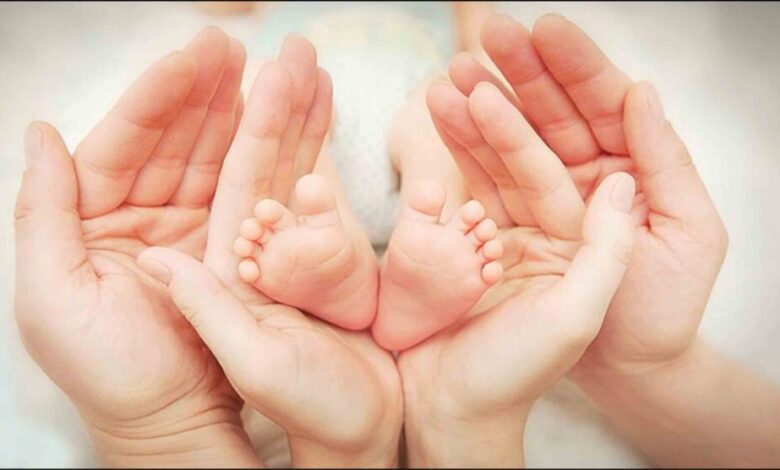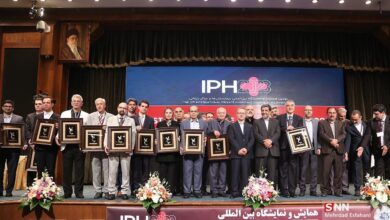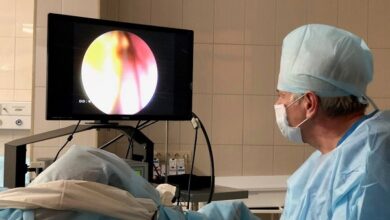Infertility Treatment Costs are Covered by Insurance

The director of Ibn Sina Super Specialized Center for infertility treatment told SINA Press: Currently, 90 percent of the cost of IVF and intrauterine insemination (IUI) infertility treatment and 70 percent of the cost of outpatient services of Infertility Treatment are covered by insurance. We also hope that cell therapy will be registered as part of the classical and routine medical treatments of the country in the near future.
Dr. Ali Sadeghi Tabar, Director of Jahād-e Dāneshgahi Ibn Sina Center for Infertility and Recurrent Abortion, said in a conversation with a SINAPress reporter, “There are about three million infertile couples in the country. Fortunately, the government supported the expenses of infertile couples during the years 2021 and 2022. This opportunity depends on the economic situation of the country and the allocation of funds by the government and the support of insurance organizations. We hope that these coverages continue this year and infertile couples be able to conceive with the support of these funds.
He added: Currently, insurance covers 90 percent of the infertility treatment costs of IVF and intrauterine insemination (IUI) and 70 percent of the outpatient services of Ibn Sina Infertility Treatment Center. We hope that these services and government support and insurance help people and couples to receive these treatments much easier.
Furthermore, he stated: Cell therapy is not yet covered by insurance, but we hope that in the not-too-distant future, this treatment method will also be part of the classic and routine medical treatments.
He pointed out: In this method, by using the stem cells of women’s menstrual blood, the fertility status of women will be aided. A certain group of women, such as those suffering from ovarian laziness, are candidates for using this method. This type of treatment is done only with the diagnosis of a specialist doctor.
About the success rate of this method, Sadeghi Tabar told: The chances of success in fertility for those suffering from lazy ovary syndrome is very low. Using conventional infertility treatments can solve the problem of ovarian failure and laziness in women. As usual, in an IVF cycle, the chance of getting pregnant is about 35 to 40 percent. In these patients, the probability of success and the chance of fertility is about 35-40 percent.
According to him, although the chance of success of infertility treatments is 35-40 percent each time, with repetition and follow-ups, the chance increases to nearly 100 percent; In other words, with the continuation of these treatments, the fertility chances increase.
Ibn Sina, director of the Super-specialized Center for Infertility, reminded: Age conditions are also very involved in the success of treatment methods. The chance of successful infertility treatment is much higher in people under 35 and the chance decreases logarithmically from 35 to 42 years old. From the age of 42 to 49, other methods for infertility treatments are offered.
According to SINAPress, In the end, he said: In this center, appropriate infertility treatments are provided based on various factors including age ranges, clinical conditions, physical conditions, tests, and conditions of the uterus, ovaries of women, and the fertility status of men.
Reported by: Farzaneh Sedghi
Translated by: Mehdi Fallahi Panah





